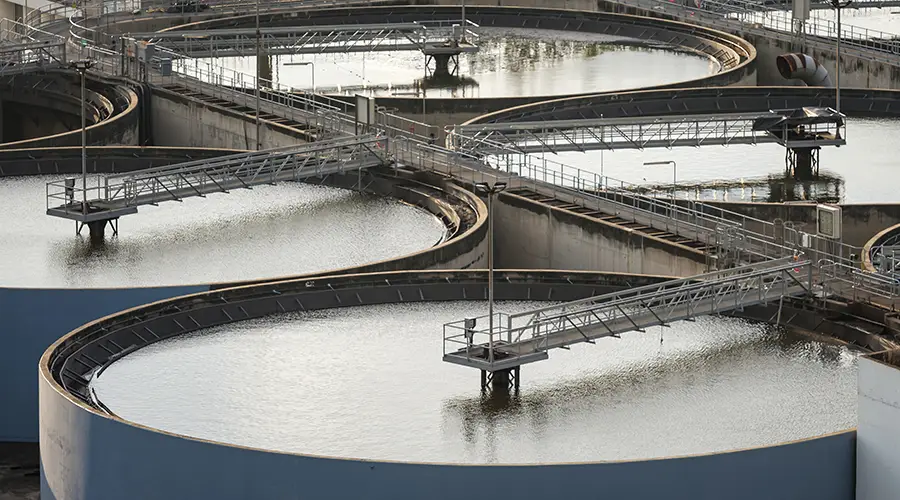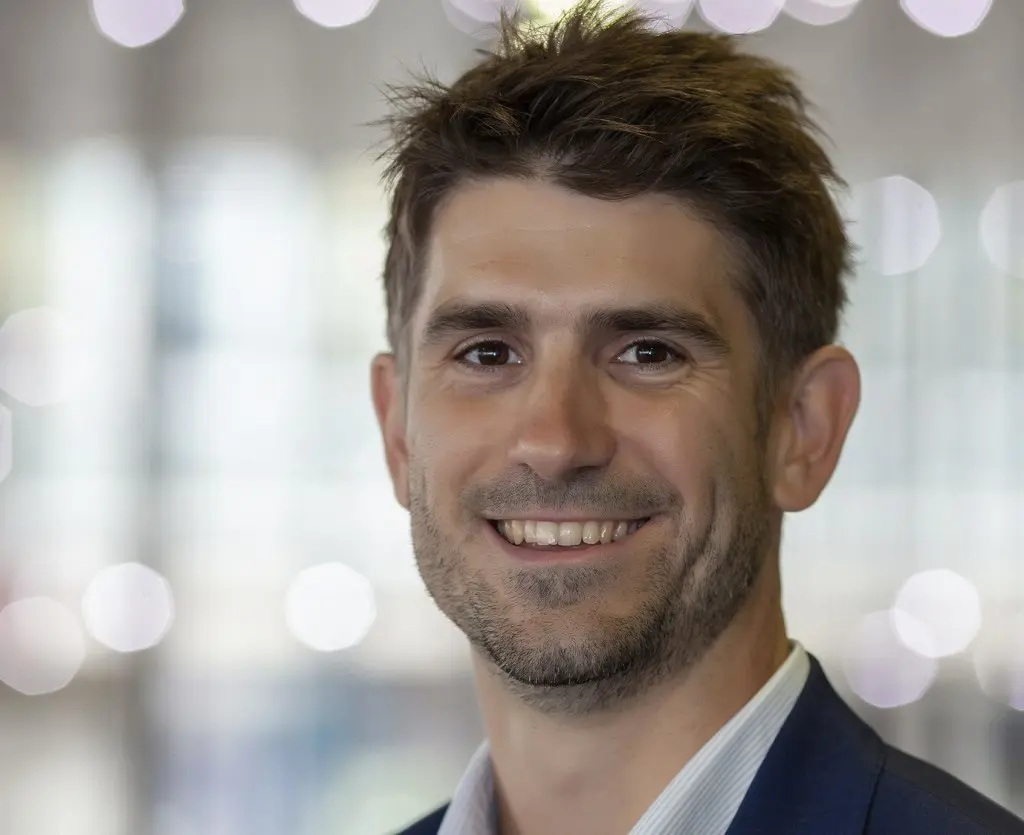The great reset. The green recovery. The great pause. Several names have been given to the anticipated global recovery from the Covid-19 pandemic.
Whichever way we look at it, the message is clear: we need to fundamentally rethink how we continue from 2021 and beyond. This includes how we work, travel, interact, carry out business and generally go about our day-to-day activities.
Yet, as companies rethink business models to create more resilient and shorter supply chains, we should use this moment as an opportunity to rethink how we value water and the potential resources it offers.
The pandemic has proven that the water industry, often undervalued and underappreciated, is vital to ensure clean water is flowing to enable sanitation and hygiene to contribute to stopping the virus’s spread.
However, just because we have done things a certain way, does not mean they cannot be improved, tweaked, reinvented or improved to offer a better solution to meet water quality and quantity challenges.
Water Reuse: Promoting a circular/One Water approach Crisis
Historically, water has been treated, distributed via kilometres of pipelines, recollected as wastewater to then be treated again, before being disposed into the environment. This linear process is repeated time and time again. The natural environment acts as the buffer between treated wastewater being disposed upstream and water later being collected for consumption downstream.

Modern urban wastewater treatment plant
A circular approach, meanwhile, enables additional value to be generated along this journey. Instead of a single-use process of take, treat, use and dispose, water can be reused, as it can be repositioned as a vector of resources, including energy and materials.
A recent report published by the United Nations Educational, Scientific and Cultural Organization (UNESCO), entitled ‘Water reuse within a circular economy context’ said that reusing water provides “new approaches to meet the increasing urban demand”.
Potable water reuse has also been credited by the World Health Organisation (WHO) as a “realistic, practical and relatively climate independent source of drinking water”.
Despite the recognised advantages and positive benefits of water reuse, as part of a circular economy, still “not enough is being done”, according to Abou Amani, director of UNESCO division of water sciences.
Three global examples of water reuse: California, Singapore and Namibia
While the number of water reuse projects is growing, there are three noteworthy examples connecting California in the US, to Namibia and Singapore.
Water reuse in California
In California, the Orange County Water District (OCWD) was one of the first authorities to master water reuse with its flagship Groundwater Replenishment System (GWRS).
The three-stage advanced process cleans up wastewater before putting it back into the Orange County aquifer to create a sustainable water supply for future use.
Orange County built its first facility in 2008, which boasted a 265,000 cubic metres per day (m3/day) capacity. After two further expansions, the site will have almost doubled its capacity, providing enough water for about a million people.
OCWD has scooped several awards for this initiative, including the prestigious Lee Kuan Water Prize in Singapore, as well as the “Leading Utility of the World”.
The GWRS project even inspired the Singapore water agency, PUB, to introduce its reuse solution, called NEWater. One of the “Four National Taps”, also including desalinated water, imported and water from the local catchment, NEWater has helped Singapore to overcome a lack of natural water resources.

View of singapore
Water reuse in Singapore
Today, five NEWater plants are supplying up to 40% of Singapore’s current water needs. By 2060, NEWater is expected to meet up to 55% of Singapore’s future water demand. It’s quite amazing to think that over half of the nation’s water will eventually come from its wastewater.
By branding reused water as NEWater and including it as part of its long-term water strategy, Singapore has also overcome one of the biggest challenges to implementing water reuse: public resistance.
Both the Californian and Singapore projects are examples of indirect potable reuse (IPR), meaning the treated water is sent to the environment, be it a reservoir or aquifer, before being retreated and consumed. However, the final example is one of the oldest and perhaps best-known examples of direct potable reuse (DPR).
Water reuse in Namibia
The city of Windhoek, Namibia successfully implemented the Goreangab plant in 1968 and has proven over the last 50 years that “DPR can be more economical than indirect potable reuse as no environmental buffer is needed”, according to the IWA.
Referred to as the “cradle of water reclamation”, this site produces purified water for the city’s 400,000 residents. The unique element here is that the water is not treated again at conventional water treatment plants. Instead, it goes directly to the distribution system, hence the name direct potable reuse.
Lessons from a circular face scrub
As well as reusing water, there is also enormous potential in extracting out resources during the treatment process. From agricultural fertilisers to biopolymers, technology innovations have proven that valuable products can be separated and sold as by-products. It’s reimagining waste as a resource. Despite multiple developments in this area, there hasn’t been a mass uptake in “resource recovery”.
As Mark Van Loosdrecht, a well-known professor and authority on water reuse from the Netherlands summed it well in a recent article – to date, waste recovery efforts have been a “technology push without the market pull”.
What does this mean?
It means solutions have been developed to extract value from wastewater. However, unless there is a country-wide market appetite for the resulting commodities, they can be produced at single locations without a home.
Instead, all stakeholders need to be engaged from the start – water utilities, farmers, regulators and the technology companies. Only then will the supply and demand be created equally.
One noteworthy example in the Netherlands involved all the Dutch utilities sitting around a table 25 years ago to figure out how to dispose of organic waste. AquaMinerals was then created as a brokerage company to collect organic waste from the water companies at scale, to then sell to the market. By involving stakeholders at a country-wide level from the start, it ensured that market demand is in place before the supply kicks in.
The future must be circular
For circular economy partnerships and projects to be sustainable in the long term, there needs to be scale. The AquaMinerals example is a solid case demonstrating a country-wide partnership with multiple stakeholders working together.
The World Economic Forum (WEF) has said there is an urgent need for global stakeholders to cooperate to manage the consequences of the COVID-19 crisis. Starting ‘The Great Reset’ initiative, WEF has called it a “unique window of opportunity” to shape the recovery putting people at the centre.
As we build a more connected world, accelerated by digitalisation, the reset also enables us to evaluate value chains (from watershed/supply chain to consumers/customer) and the role of water, and water companies. If we are to build a green recovery, then ensuring a circular economy will be a fundamental part of this.
If we are to build a green recovery, then ensuring a circular economy will be a fundamental part of this
Tom Freyberg
Founder and Director of Atlantean Media









